What is a Meta Description? (Title, Tags, How to Create, Benefits)
Is your blog post not ranking in Google’s search results? Yes? Then what’s the reason? Do you know what a meta description is? How do you do a meta description? How to write a meta description? If you’re looking for answers to all these questions, you’ve come to the right place. In this article, I will give you complete information about what a meta description is. The meta description holds a lot of value for your blog post.
Almost all bloggers use meta descriptions, whether they are new or experienced. According to Google, having a meta description in your blog post greatly helps boost your post.
However, many bloggers do not write meta descriptions properly. Therefore, their performance is not good for both search engines and SEO. If you’re facing the same issue, you need to understand this article fully for your blog’s performance to improve. So, let’s start with what a meta description is.
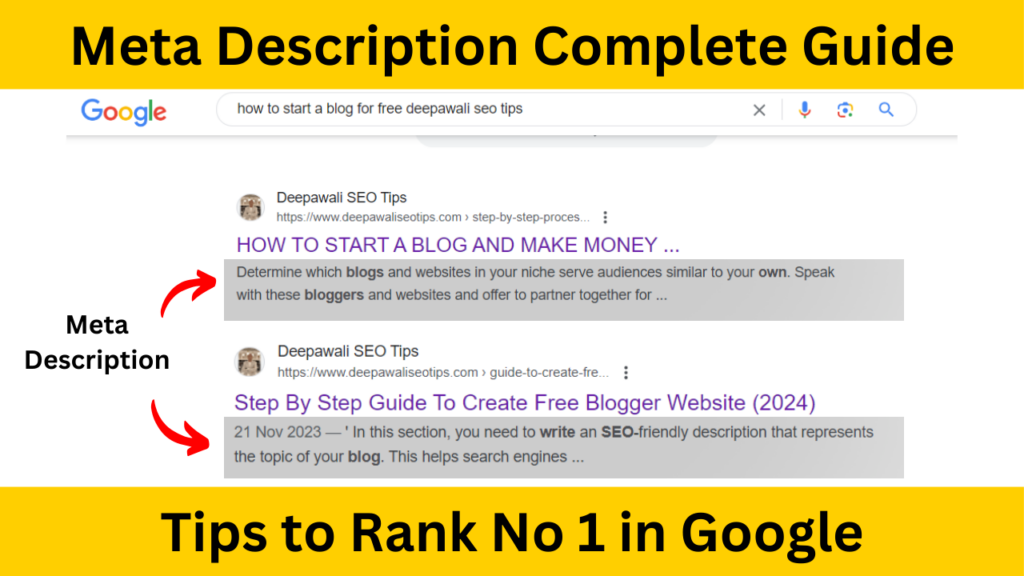
What is Meta Description?
The meta description is also referred to as meta description attributes or tags. It is a brief paragraph visible to any users in Google’s search engine on a blogger’s post and is considered very important. Meta descriptions are written in Hyper Text Markup Language (HTML).
HTML succinctly describes the results of your post’s data, aiding both search engines and users. Over time, there have been changes in the SEO search engine ranking process.
Now, the meta description does not play as significant a role in search engine ranking as it used to, but it is still important in on-page SEO. The meta description helps in effectively explaining your data.
This information appears as a snippet code below your title in the search engine.
However, it’s important to note that if you haven’t provided a meta description, the search engine will take a portion of the main data for the snippet in that situation.
As a result, the precise information of your blog post does not reach the users, and simultaneously, your post falls behind in the rankings.
Types of Meta Description?
Now that you’ve understood what a meta description is, let’s learn about the types of meta descriptions. There are mainly three types of meta descriptions:
- Meta Tags – Information about the main heading of the data is obtained from the title of the topic itself. Be sure to include the main keywords in it.
- Meta Description Tag – In this, you can provide detailed information about your data, which includes important keywords.
- Meta Robots Tag – The Meta Robots Tag invites Google’s crawlers to come and crawl your blog post.
How to Find Out the Meta Description of a Web Page?
You can easily find the meta description of any web page on your own. For this, you need to right-click on any web page, after which a menu bar will open.
Here, you need to click on “view source” or “view page source”. A new page will open with code, from which you will get the information about the meta description.
How Long Should a Meta Description Be?
Google has now increased the standard length of the meta description. It used to be very short before. According to Google, the length of the meta description should have been 160 characters or less. But now, Google has increased it and accepts up to 275 characters in a meta description. This change was made by Google in 2017.
Why is the Meta Description Important?
Through the meta description, you can achieve a good rank in the eyes of Search Engine Optimization. It gives attention to the post by the search engine.
- The meta description acts like organic ad text – This means that when your ad ranks for a keyword, Google or other search engines show the meta description of that blog as a summary.
- Through the meta description, clicks can increase on your website through organic search results. This means that when people see your page in the search results, they can click on your website after reading the meta and reach your data. This will increase your traffic and significantly affect your website’s ranking.
How to Write a Meta Description for SEO?
After understanding what a meta description is and why it is important, I will now tell you how to write a meta description for SEO. To write a meta description for SEO, you first need to practice writing good ad text. I will give you some tips to help you improve your meta description:
- Write all the necessary keywords related to your data after researching them.
- Write a unique meta for every page on your website, which is also related to your data. If you have written some keywords to mislead, Google will understand and can also punish you. If a user goes to your blog after reading the meta but doesn’t find the related information, they will immediately leave. This will increase your site’s bounce rate.
- Do not use the same meta everywhere. It spoils the user experience. It’s better to leave it blank than creating duplicate meta descriptions. Google will pick up data according to the keyword from your page data for the snippet. Duplicate meta descriptions will have a negative impact.
- Remember, your meta description should not be too long. Keep it within the limit accepted by Google.
- The meta description is a kind of invitation to bring the user to your site, the better and more impressive it is, the more users will come to your blog.
- It should be directly active, motivating, and addressing. When users come to your site, they should already know what they are going to get.
- Definitely write the focus and necessary keywords in the meta description. This will make the search engine read it and reach your site.
How to Create Meta Descriptions for More Than One Page
If your website is large and you don’t have time to create a meta description for every page, you can choose pages according to priority and create meta descriptions for them. For example, the homepage or popular pages on your website, besides, search on Google to see which page of yours has a good ranking. Definitely add a meta description in it. And remember to add a meta description in the new posts you do from now on, so that according to SEO, your website keeps getting better. And later, you won’t have to work separately. I hope you now understand what a meta description is.
Can Meta description be changed Multiple times?
Yes, you can change a meta description. The process for updating a meta description typically involves editing the HTML of your webpage. Here’s a basic overview of how to do it:
- Access Your Website’s HTML: This can usually be done through your website’s content management system (CMS) like WordPress, Shopify, or directly through the HTML file if you’re working with raw code.
- Find the Meta Description Tag: Look for the
<meta>tag in the HTML of your page that includesname="description". It will look something like this:
<meta name="description" content="This is your current meta description.">- Edit the Content Attribute: Change the content within the
content=""attribute to your new meta description. Make sure your new description is concise, relevant to the page’s content, and includes key phrases you want to target. Aim for a length of about 155 to 160 characters to ensure it displays properly in search engine results. - Save and Publish Your Changes: Once you’ve updated the meta description, save your changes in your CMS or HTML file. If you’re using a CMS, there might be a “Publish” or “Update” button to make your changes live.
- Verify the Update: It’s a good idea to check the live page to ensure the meta description has been updated correctly. You can view the page source in your browser to see if the meta description tag reflects your changes.
Remember, changes to meta descriptions do not immediately affect your search engine rankings or visibility. It may take some time for search engines to crawl and index the changes. Additionally, while the meta description is an important aspect of SEO, it’s just one of many factors that search engines consider when ranking pages.
If you’re using a specific CMS, the steps to update your meta description might vary slightly, so it’s helpful to refer to the documentation or support resources specific to your platform.
Should the meta description be the same as the content?
No, the meta description should not be the same as the content. Instead, the meta description should serve as a concise and compelling summary of the content on the page. It’s meant to give potential visitors a clear idea of what to expect if they click through to your site from search engine results. While it should reflect the content’s theme and include relevant keywords, it needs to be brief (typically between 155 to 160 characters) and designed to encourage clicks by highlighting the unique value or insights the page offers. This approach helps improve click-through rates from search results and can positively impact your site’s SEO performance.
What should be written in the meta description?
In the meta description, you should write a concise and compelling summary of the webpage’s content that encourages users to click through from the search engine results page (SERP). Here are some key elements to include:
- Clear Summary: Provide a clear and accurate summary of the page content. It should give users a good understanding of what they will find on the page.
- Keywords: Include relevant keywords for which you want the page to rank. This helps in aligning the meta description with search queries.
- Call to Action (CTA): Use a call to action like “Learn more,” “Get started,” or “Discover” to encourage users to click through to your site.
- Value Proposition: Highlight what makes your page valuable or unique compared to other search results. This could be exclusive information, a special offer, or a unique perspective on a topic.
- Brevity: Keep it concise. The optimal length is around 155 to 160 characters to ensure that the entire description is visible in the search results and to maintain user attention.
Some of the examples of how you can write a perfect meta description with post titles as focus keywords:
| Post Title | Meta Description |
|---|---|
| “What is a Meta Description?” | “Discover what a meta description is and its crucial role in SEO and user engagement, in our detailed exploration.” |
| “10 Tips for Healthy Living” | “Explore our top 10 tips for healthy living to enhance your wellness journey, featuring practical advice for a healthier you.” |
| “The Ultimate Guide to Gardening” | “Grow your gardening skills with our ultimate guide, covering everything from basic planting to advanced care techniques.” |
| “Exploring the World of Coffee” | “Delve into the world of coffee with our guide, exploring the best brewing methods, history, and tips for coffee enthusiasts.” |
| “Secrets to Effective Time Management” | “Learn the secrets to effective time management with strategies and tips that can transform your productivity and workflow.” |
The meta description should be specific to the page it describes, engaging, and directly related to the content of the page to improve click-through rates from the SERPs.
Other links –
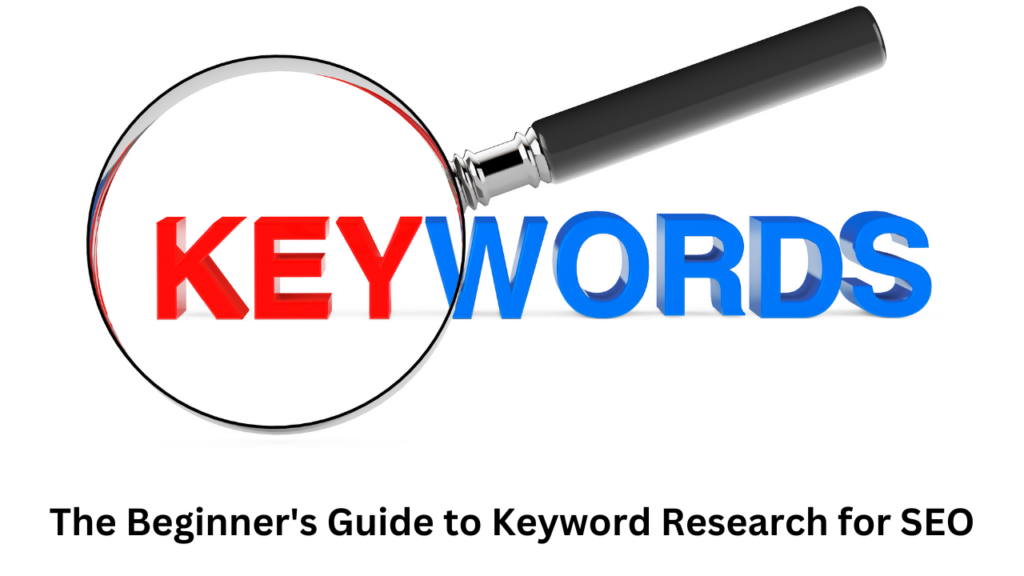
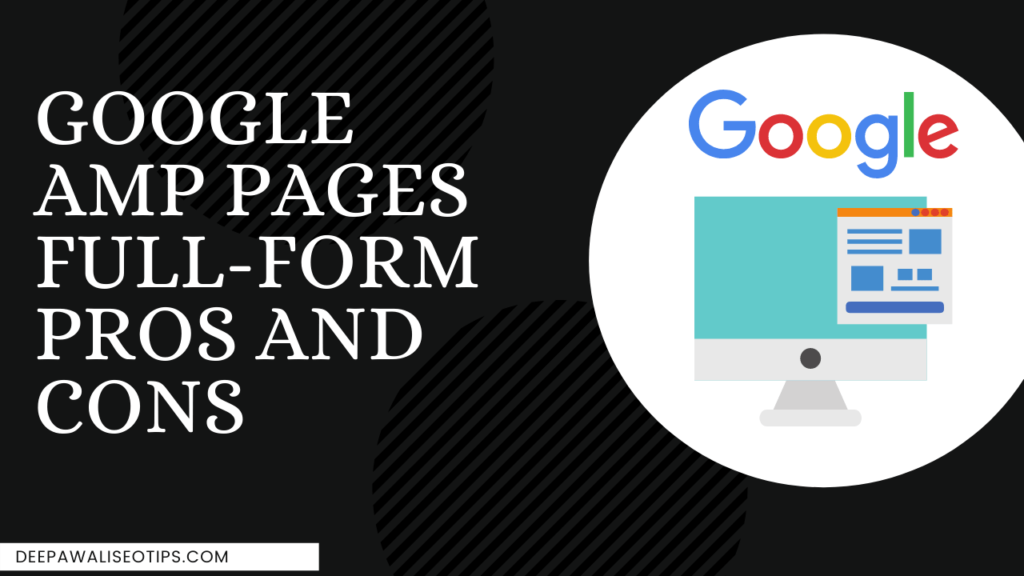
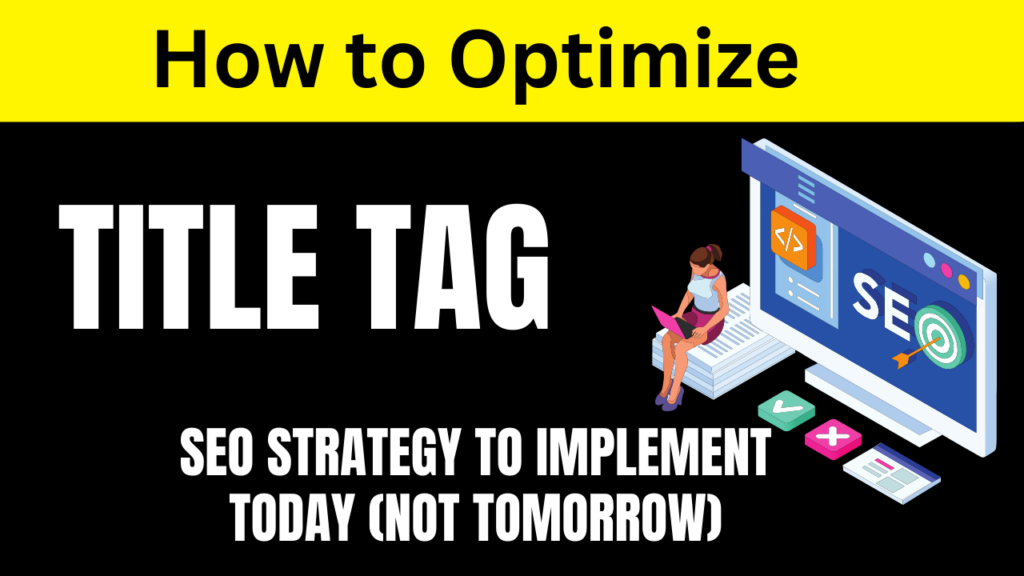
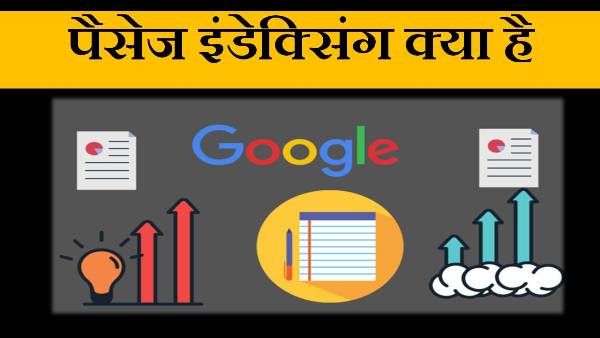
बहुत अच्छे लेख है सर्। meta decription के पूरे concept clear हुआ है